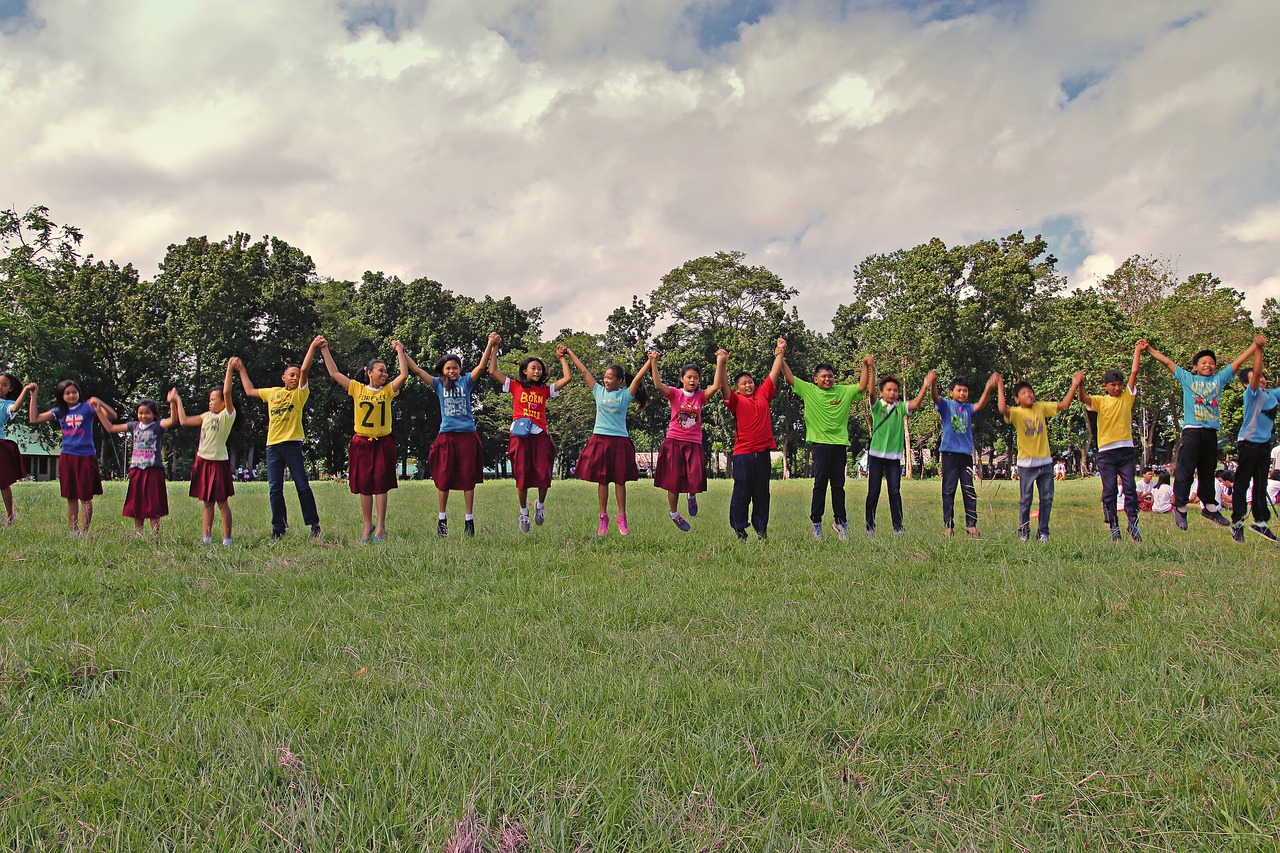
This is the second post in a three-part blog post series on meditation in schools. The first post discussed ways to articulate what meditation is for school audiences. This part explains why meditation makes for more beneficial restorative practices.
One can think about restorative practices as a set of practices and structures that enable schools to manage and influence student behaviors in ways that keep students engaged with their learning and development. An alternative way to think about restorative practices is that relationships are fundamental to a lot of human functioning, including learning. Restorative practices provide ways to repair harmed relationships, provide ample opportunities to create new ones, while bolstering others. However we think about what restorative practices are in schools, meditation is a practice that helps enable the goals of each.
My approach to consulting with schools that want to implement restorative practices represents an amalgam within which I can emphasize the interests and needs of a given school. I’ve developed this framework as a general path to understanding restorative practices. Several tasks underlie this framework, and these tasks all benefit from the essentials of meditation (see item 1 in part 1). I share three examples below.
- Restorative language – sharing of emotions or “getting real” is what makes it possible to improve relationships across the school.
- Meditation practices improves recognition of our emotional experiences.
- Meditation helps identify more precisely what emotions one feels.
- By being able to attend to the present, one is more likely to recognize appropriate opportunities to connect and share real emotions.
- Restorative questions – standard questions designed to challenge the negative behavior of the wrongdoer and to engage those who were harmed.
- In high-intensity situations, a consistent meditative practice can help aneducator to pause, think, and effectively use the questions.
- Students may also similarly benefit.
- Reintegrative management of shame – returning students interact with adults, parents, and peers about their experience, along with what would make them successful upon return, and how those present can be held accountable for supporting the student.
- Addressing shame is highly complex and is often borne from a fear of losing acceptance and connection with others. Meditation enables both the student and their community to more authentically connect by improving awareness of one’s emotional experience, attend to the needs of all involved, and improve awareness of what might make for stronger relationships.
- Given this complexity, I encourage the reader to review the essentials of meditation (presented in part 1 of this blog series) and reflect on why meditation might be helpful for reintegration practices.
Part 3 clarifies some characteristics of what an effective implementation of meditation might look like.








